Amateur Cinema Between the Wars in the UK
by Keith M. Johnston and Paul Frith
Amateur Cinema developed rapidly in the UK during the 1920s and 30s. Across these two decades, Britain retained a rigid and patriarchal class-based structure built around an upper-class political establishment, the monarchy, and the maintenance of the Empire. Despite this, the period saw shifts in issues around class, gender and national identity. Some of these changes inflected the emergence of amateur moviemaking in the UK.
This page provides an introduction to amateur film culture in the UK. The timeline below sketches out some key events and contexts during this period; you can also explore a map of amateur movie clubs that were established in the UK during the 1920s and 30s; finally, a list of noteworthy films provides a starting point for understanding the range of different types of amateur films that were produced in the UK.
To read more about how amateur film was conceptualized in the UK (and elsewhere), visit the Dossier section of this site.
Amateur Movie Clubs
Click on the points below to find out more about each movie club.
Significant Films
The selected films provide an introduction to amateur filmmaking in the UK during the 1920s and 30s. Follow the links for more information and to view the films (where available).
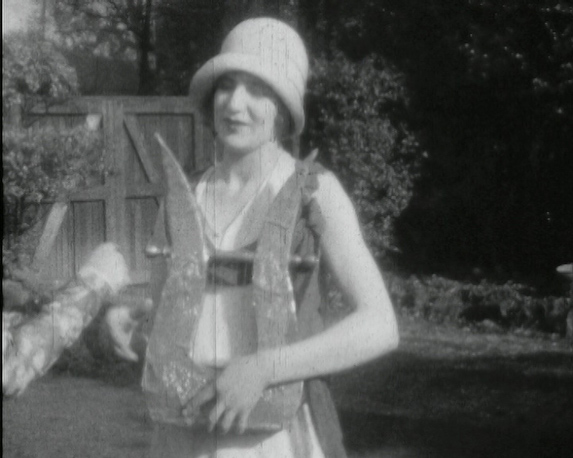
Sally Sallies Forth (Frances Lascot, 1928)
Comedy about a young woman who becomes a maid for a day at a garden tea party. The guests, who are all women, include an artist, a musician, an actress, a dancer, a representative of The Simple Life League, and a woman dressed like a man (whom Sally mistakes for a man). Despite her shortcomings as a maid, the guests all see wonderful potential in Sally and try to teach her their respective arts, but to no avail.
For more information. Watch the film.
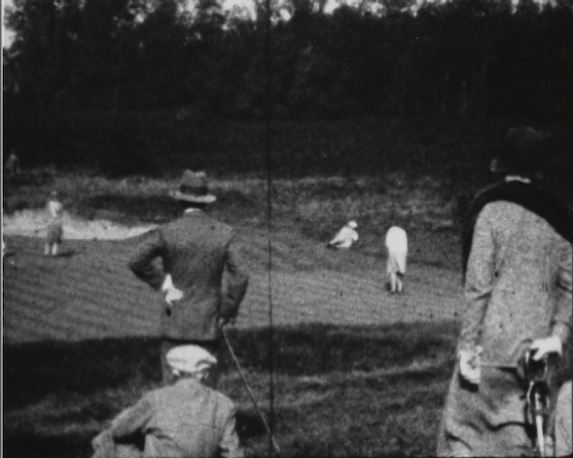
Aldeburgh and District Scenes (Mabel Basham, 1929)
Scenes shot around Aldeburgh and the surrounding neighbourhood during the late 1920s. Mabel Lilian Basham resided in Aldeburgh, Suffolk, and shot a series of 9.5mm films throughout the late-1920s and early-1930s, documenting daily life and key events in and around the region, the activities of the local Women’s Institute, and expeditions abroad with friends and relatives.
For more information. Watch the film.
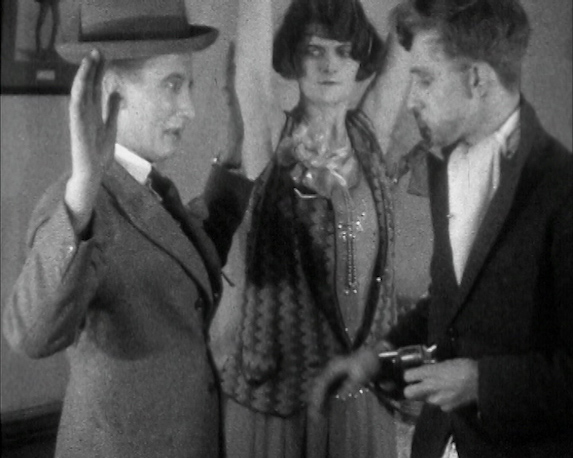
The Polite Burglar (Sadie Andrews, 1929)
A comedy film full of continuity editing, script and direction errors, this film was specifically produced for a meeting of the London Amateur Cinematographers’ Association on 27 March 1929. It was the basis of a competition for the club members who were invited to record the mistakes incorporated into the film. The report in Amateur Films notes that the competition was won by Mrs Nora Pfeil, who recorded approximately 30 mistakes.
For more information. Watch the film.
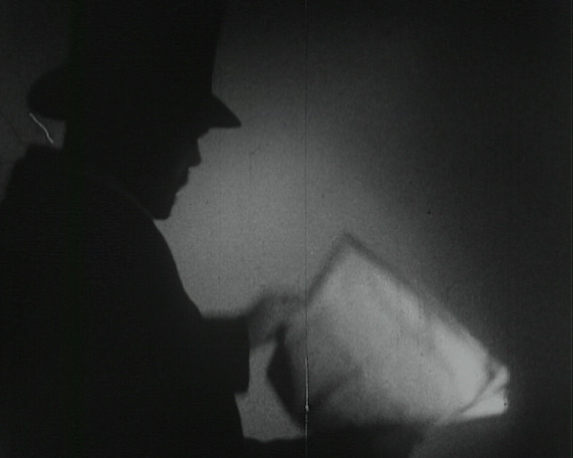
The Gaiety of Nations (J.H. Aherne & George Sewell, 1929)
An experimental amateur short by George Sewell, one of the founders of the Institute of Amateur Cinematographers. The film comments on politics in Europe and the United States with references to the First World War, food shortages, the Weimar Republic, the world economy and the Wall Street Crash. Uses a mixture of animated silhouette and live action.
For more information. Watch the film.
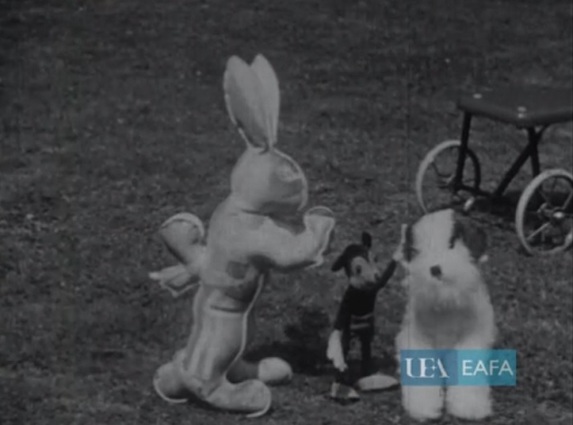
Her Second Birthday (Agnes & John Thubron, 1932)
A record of a girl’s second birthday with an animated dream sequence. The little girl plays with her birthday presents on the lawn and also waters flowers in the garden before falling asleep. In a stop-frame animated sequence subtitled ‘Dreamland’ towards the end of the film, her new toys come alive. Included in the 1934 IAC World Tour package of films.
For more information. Watch the film.
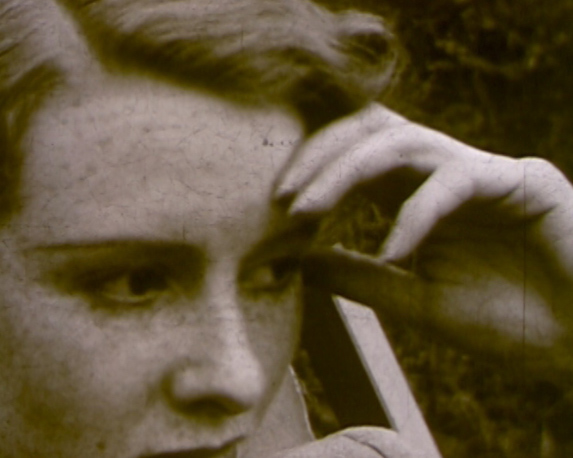
Strictly Confidential (H.A.V. [Henry] Bulleid, 1932)
Amateur filmmaker, cinema historian and railway engineer H.A.V. Bulleid employs an array of camera effects and trick photography techniques in this experimental short. The film concludes with two sequences created using trick photography techniques including film reversal and split-screen shooting, and an example of step-zooming which gradually zeros in on the Big Ben clock tower at the Houses of Parliament in London.
For more information. Watch the film.
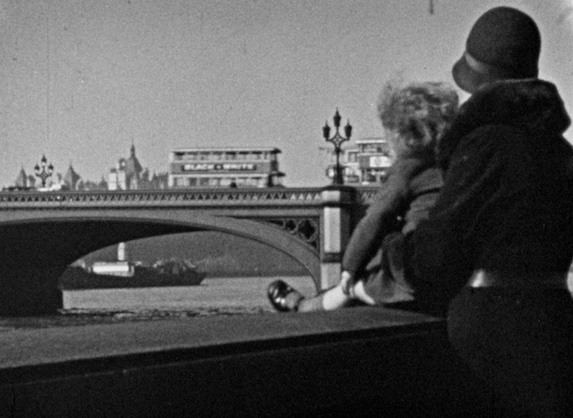
Westminster in Winter (Matthew L. Nathan, 1933)
An early 1930s documentary where Nathan captures the sights of Westminster including the Houses of Parliament, Westminster Bridge, St James Park and London’s West End. Writing for the IAC Bulletin in January 1934, Nathan emphasised the need for variety in documentary production, in part so that the audience doesn’t notice ‘errors of construction and treatment.’ A London-based lawyer, Nathan was a well-known figure in UK amateur film circles with his other IAC award-winning travelogues An Austrian Village and Venice.
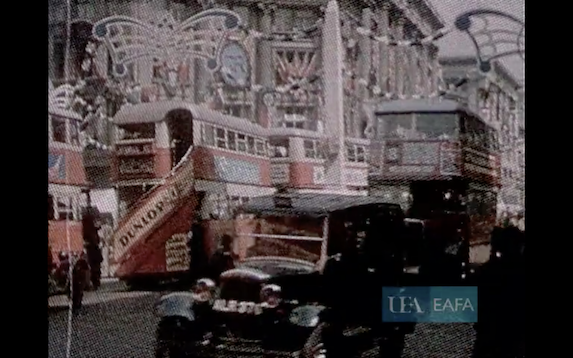
Jubilee Colour at Westminster (Eustace & Eunice Alliott, 1935)
A Dufaycolor film documenting the Jubilee procession of King George V. The procession was filmed from a window in Parliament St., London, with views down Whitehall past the Cenotaph and across Parliament Square to Westminster Abbey. King George V and Queen Mary pass in an open carriage. Throughout the film various locations around London are documented, displaying the colourful decorations for the celebration.
For more information. Watch the film.
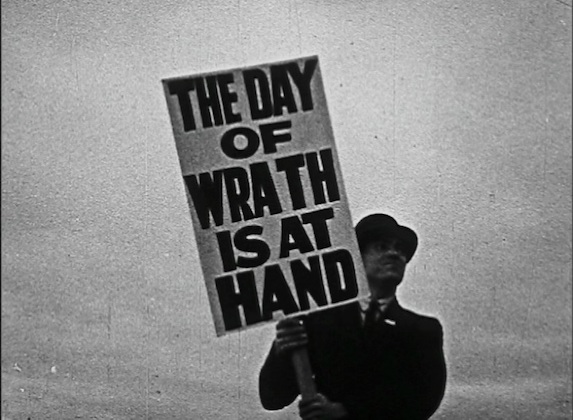
Doomsday (Ruth Stuart, 1934)
Ruth Stuart was something of a filmmaking prodigy, taking up the hobby as a teenager and winning several international awards for her films in the 1930s. She described Doomsday as, “A fantasy based upon a fear which has preyed upon credulous minds from the beginning of time.” The story hinges upon a cosmic event that upsets the Earth’s equilibrium, causes an imbalance of weather conditions and other natural forces, resulting in widespread panic.
For more information. Watch the film.
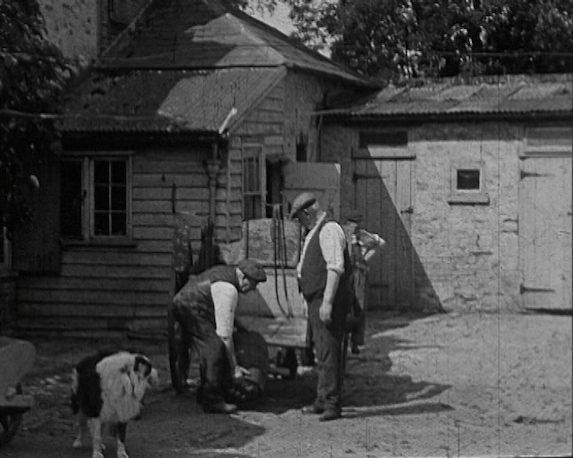
Cricket Parties (Joyce Allingham, 1937)
Joyce Allingham, amateur filmmaker and sister of noted English crime writer Margery Allingham, shot these films at an annual cricket match and luncheon hosted by Margery and her husband Philip Youngman Carter at their home in Tolleshunt D’Arcy, Essex. Said to be one of the highlights of life in the village, Joyce captures these annual ‘cricket parties’ beginning in 1937 and running until 1950, with a necessary break during World War II.
For more information. Watch the film.
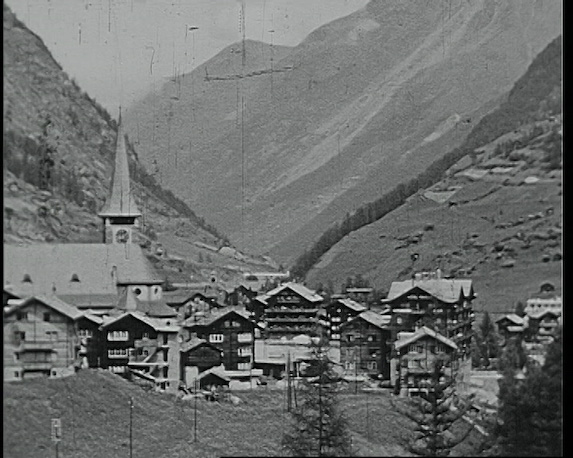
Nothing Venture (Laurie & Stuart Day, 1939)
From the mid-1930s, Laurie and Stuart Day presented their holiday films with a ‘prologue and epilogue’ and, if possible, with a theme. This early example includes a prologue in which a cash-strapped Stuart Day pawns trophies to fund a holiday to the Swiss Alps, and hopes to redeem these assets by submitting a winning entry to an amateur film-making competition.
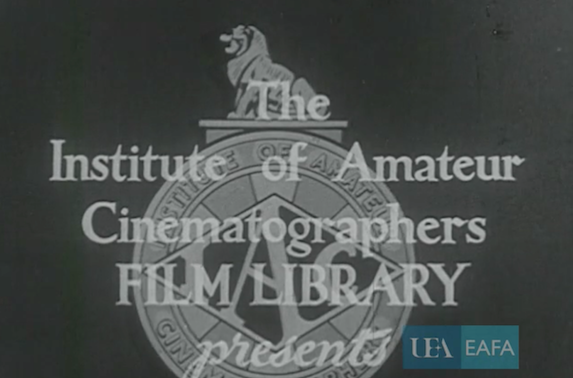
Black Vomit (D. Shaw Ashton, 1939)
An amateur documentary on smoke pollution and the effects it has on people’s health. The film draws its title from a quote by Lewis Mumford: “Black vomit spreads across the earth. ‘Smoke makes prosperity,’ they tell you here, no matter if you choke on it.” The film explores the sources and effects of pollution in the UK.
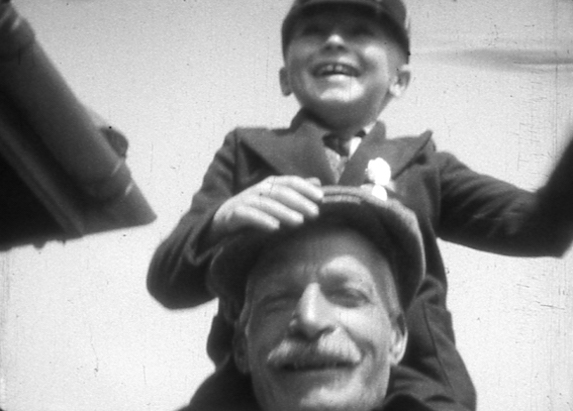
It Happened in Norwich, 1933-1946 (Charles Scott, 1933-1946)
Made by local amateur filmmaker Charles Scott, the film documents civic and public life in Norwich leading up to World War II and immediately following its conclusion.